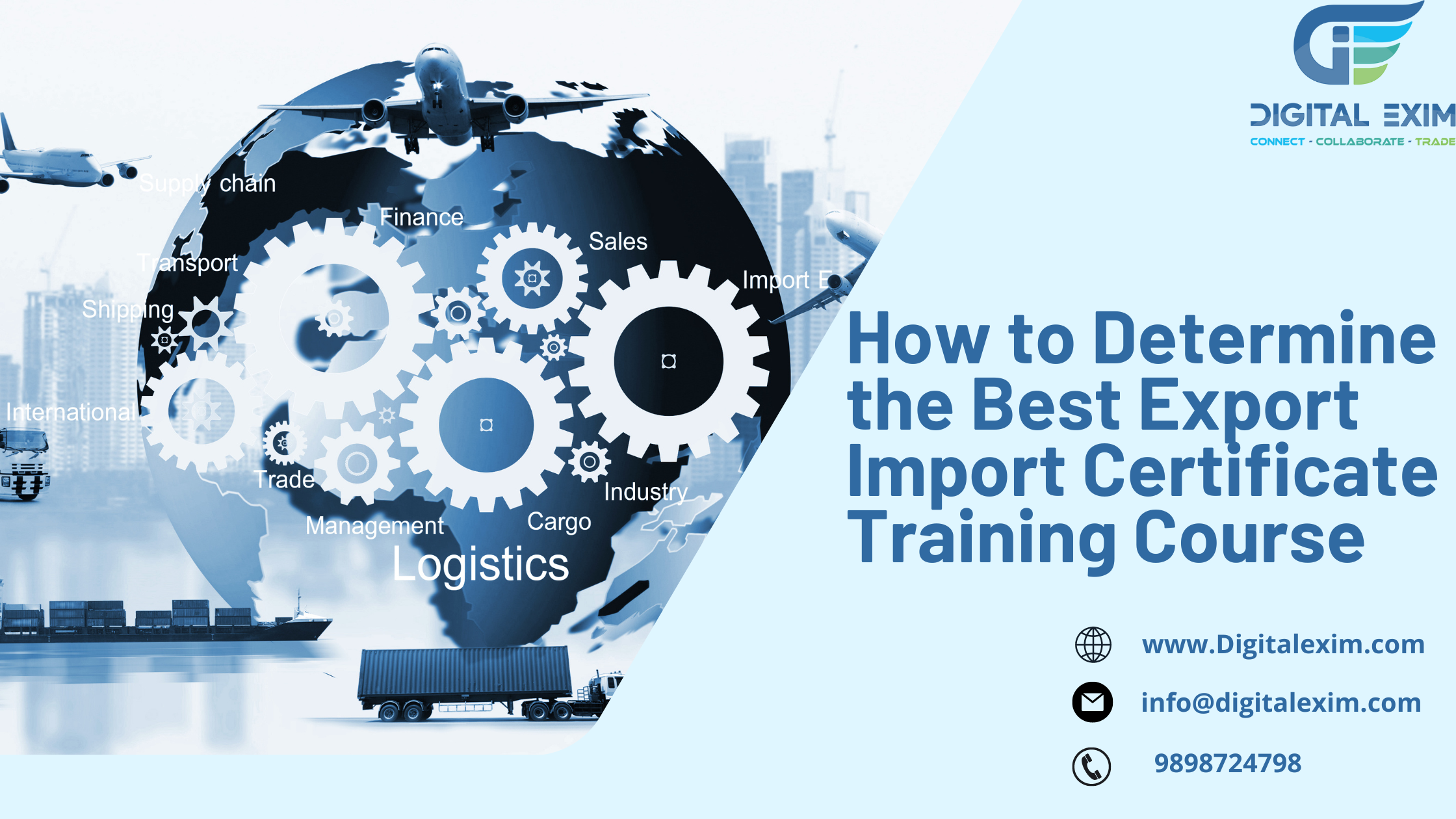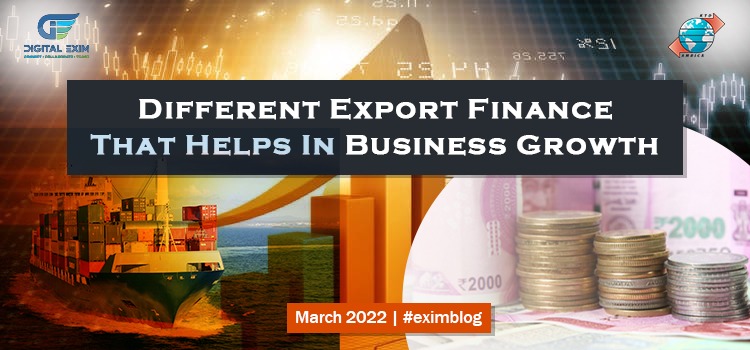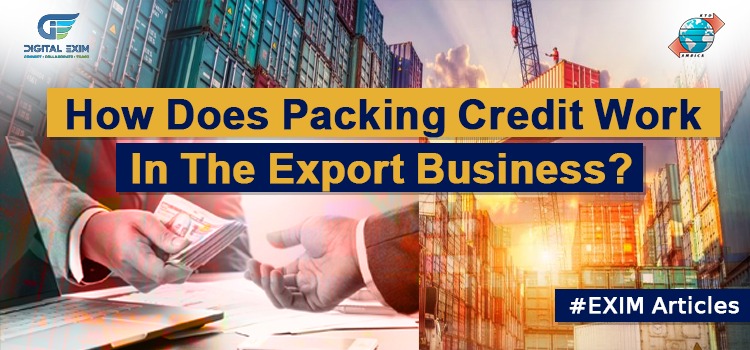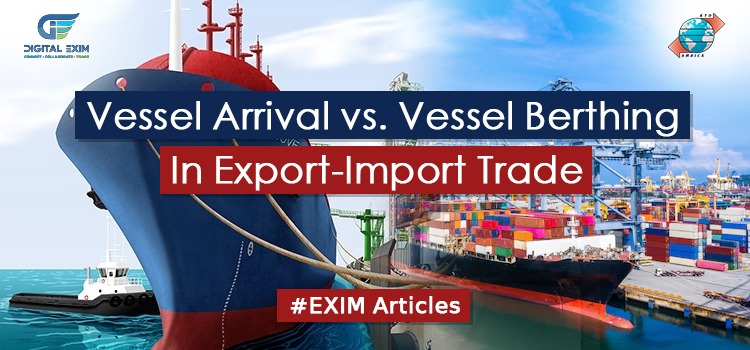A country’s status is defined by its economy and export import plays an important role in growing a nation’s economy. Learn import export online and know how you can run and judge your business successfully. Import export training in Ahmedabad can give a better understanding of our today’s blog topic. As international trade directly affects a nation’s economy, it is important to identify the factors that influence the value of countries’ exports and imports. Here are some of the factors discussed-
1 Trade/Government Policies-
Many countries have some trade barriers which stop you from buying or selling a particular product in the country or have more charges. Like the government imposes the same trade restriction on certain products for health and safety reasons.
2 Impact of Exchange Rates-
Each nation’s currency is valued in terms of other currencies. A fall in a nation’s currency will lower export prices and raise import prices and vice versa.
3 Competitiveness-
In this era of increasing competition it is difficult to maintain any company’s market position. The bigger countries will tend to attain a higher level of global trade. The bigger and more developed the country is, the more competition it has.
4 Inflation Rate-
If a country has a high rate of inflation, the imports increase and automatically the export of the country decreases. Likewise if a country has low inflation, the exports increase and the imports reduce.
5 Domestic GDP-
If a nation’s GDP increases, more imports and exports are assumed to be done. Companies may buy more raw material and goods from other countries.
6 Foreign GDP-
If the GDP of any other country increases, people are more likely to buy more products and thus it increases the export opportunity to the country.
7 Export Subsidies-
Government offers subsidies to the exporting companies, to encourage the export and to attract new exporters. The subsidies can help exporters with loans, or low cost manufacturing, etc.
8 Quality-
If you are selling good quality products people will definitely buy your products and if the quality falls it would have an adverse effect on the country’s trade. People will automatically get attracted to the products which are of good quality.
9 Geographical Location-
The geographical location of the trading nation also affects the export import. Correct transportation facilities like waterways & airways, and climate can make international trade easy.
10 Marketing-
Marketing plays an important role in any business. People check the product price and quality later, marketing is the one that attracts the customers to the product. So, before exporting or importing, do proper marketing of your product. Apart from the above points the international trade is also affected by the demand for goods from that nation. Also, policies that restrict imports or subsidize exports impact the prices of those goods. Make your doubts clear with Digital Exim by attending our online classes on export import. Digital Exim provides export import online classes, 6 month consultancy. Attend a live doubt solving session with our trade managers. Get personal consultancy by the experts for a better start of your business. Visit our website !
















